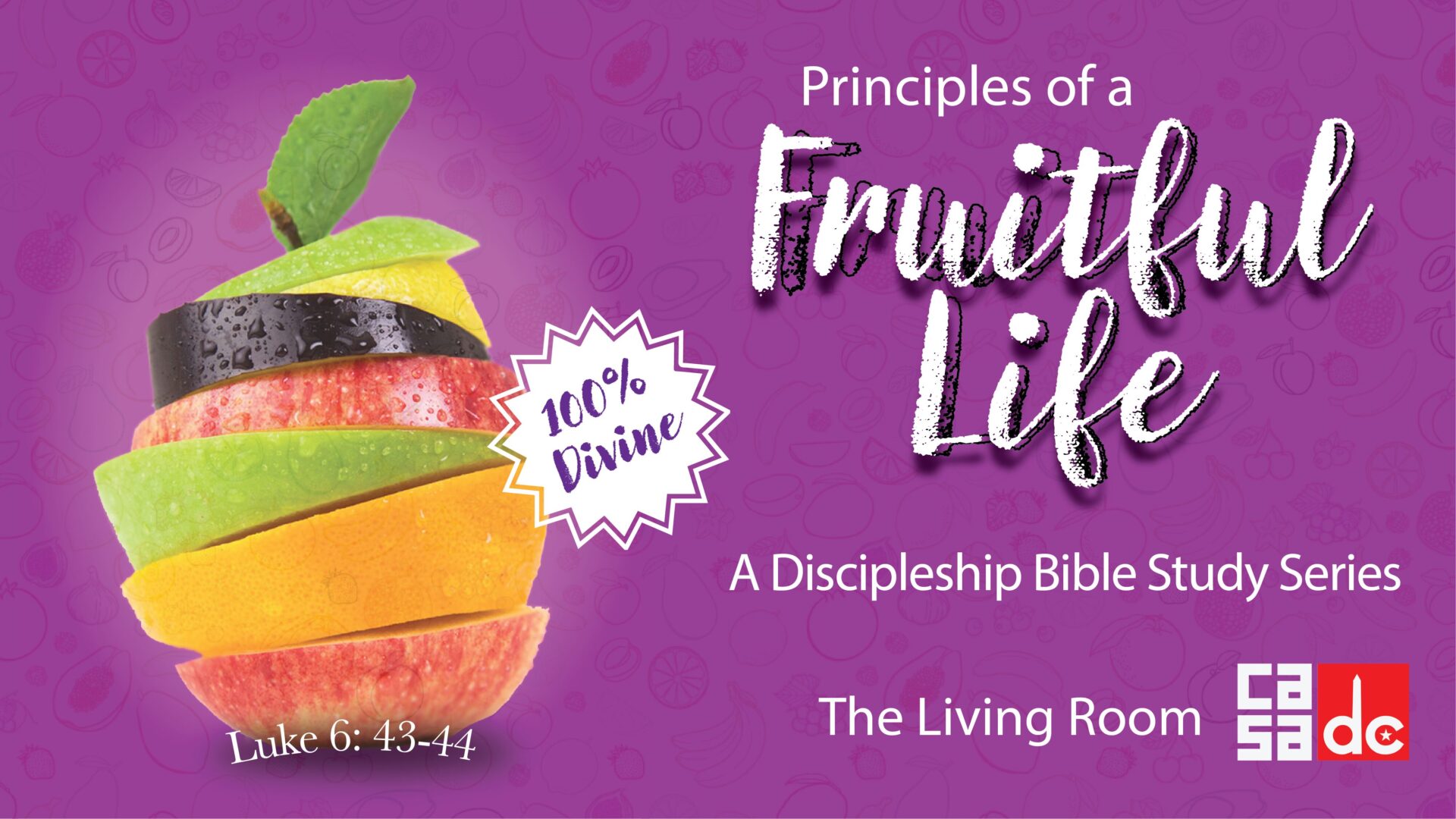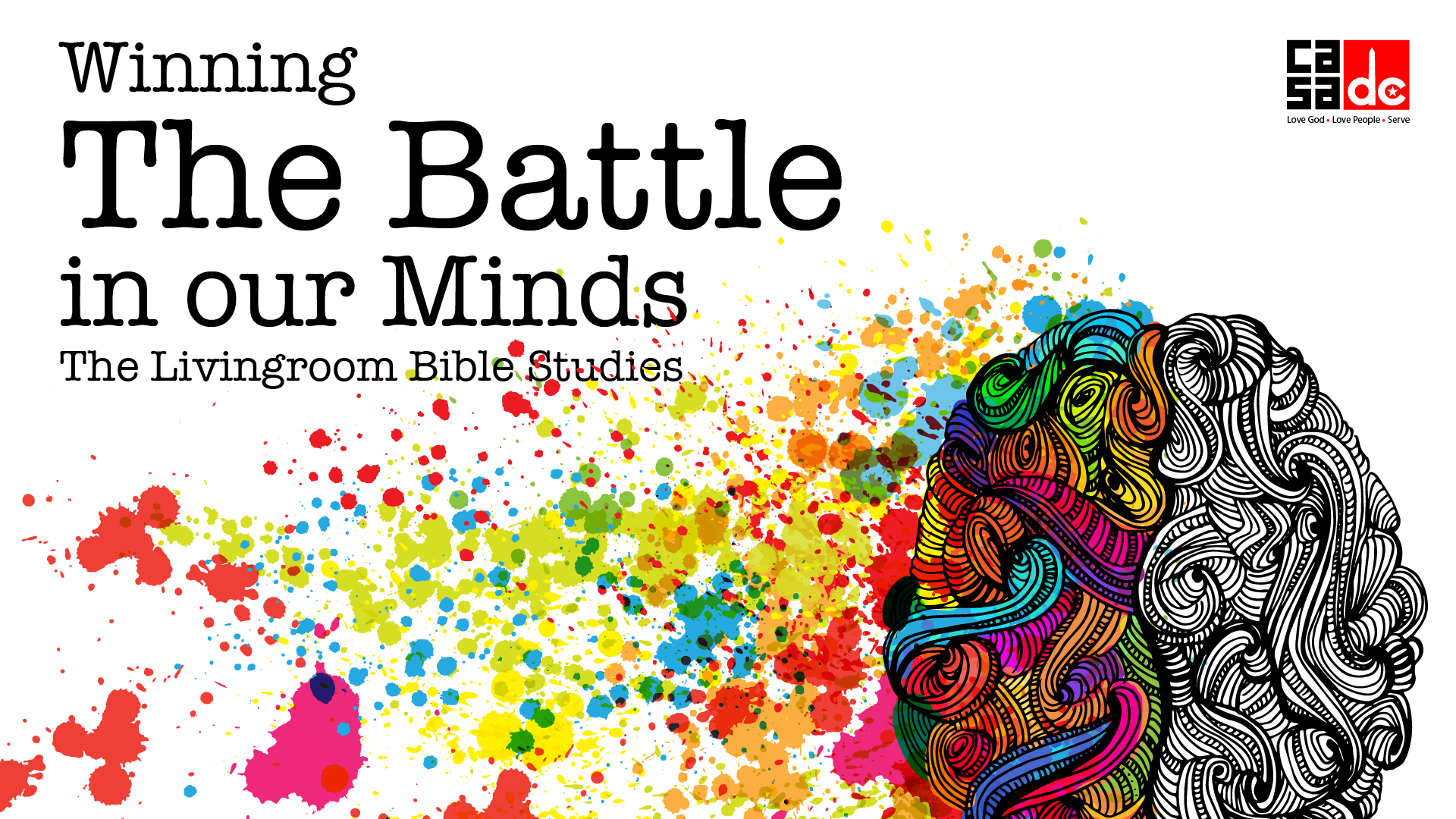Parallel Verses in the Bible and How to Use Them
Parallel verses, also known as cross-references, are passages in the Bible that convey similar themes, ideas, or teachings found in different parts of Scripture. These verses are invaluable for Bible study because they show the unity of the Bible and how its different books and authors consistently point toward the same truths across various times and settings. By comparing parallel verses, readers can see how God’s message is woven throughout the Bible, revealing deeper connections between the Old and New Testaments.
Parallel verses help provide a more complete understanding of certain concepts or stories by presenting them from different perspectives. For example, the Gospels often contain parallel accounts of the same event in the life of Jesus. Comparing these accounts can shed light on unique details that one Gospel may highlight, providing a fuller picture of the event or teaching. Similarly, Old Testament prophecies often have parallel fulfillments in the New Testament, such as Isaiah 53’s prophecy of the Suffering Servant being fulfilled in the life of Jesus Christ.
Why Parallel Verses are Important
Parallel verses, or cross-references, are crucial in showing how different parts of the Bible, written by different authors across centuries, work together to reveal a consistent, unified message. They reveal the consistency of the Bible’s message. For example, Matthew 22:37-40, where Jesus teaches about the greatest commandments—loving God and loving your neighbor—is reinforced in Deuteronomy 6:5 and Leviticus 19:18. This shows that these teachings were central to both the Old and New Testaments.
Another example to consider Isaiah 53:5 and 1 Peter 2:24. Isaiah prophesies about the Suffering Servant being wounded for our transgressions, while Peter refers back to this prophecy, explaining that Jesus fulfilled it through His death on the cross. Parallel verses like these connect Old Testament prophecy with New Testament fulfillment, helping us see the continuity of God’s redemptive plan.
Another example is the Beatitudes in Matthew 5:3-12 and the similar blessings found in Luke 6:20-23. By comparing these two accounts, we can better understand the nuances of Jesus’ teachings, noticing differences in the audiences and settings, which help us appreciate the fullness of His message. These parallel verses are essential for contextual understanding, giving readers a fuller picture of themes such as salvation, mercy, and discipleship.
Resources Available to Discover Parallel Verses
There are several resources available to discover parallel verses and cross-references in the Bible:
- Cross-Reference Bibles: Many study Bibles include cross-reference sections in the margins or footnotes that point readers to other related passages.
- Concordances: A concordance is an index of words found in the Bible and lists where those words appear across Scripture. Popular concordances like Strong’s Concordance or Young’s Analytical Concordance are excellent tools for finding parallel verses.
- Bible Software and Apps: Digital resources like Blue Letter Bible, Bible Gateway, and Logos Bible Software offer tools to quickly search for and compare parallel passages across different versions and translations, making it easier to identify connections.
The Importance of Greek and Hebrew Dictionaries in Bible Study
Understanding the Bible’s original languages—Hebrew for the Old Testament and Greek for the New Testament—is crucial for unlocking the deeper meaning of Scripture. Many words and phrases in the Bible carry nuances that are lost in translation. Using Greek and Hebrew dictionaries allows readers to access the original meaning of key terms, uncovering insights that might not be immediately apparent in an English translation. These dictionaries help bring out the richness of the text by explaining the various meanings a single word could have had for its original audience.
For instance, in Greek, the word “love” is translated from multiple words that have different meanings: “agape” refers to selfless, unconditional love, while “phileo” refers to brotherly affection, and “eros” refers to romantic love. Understanding these distinctions can radically change how we interpret passages like Jesus’ conversation with Peter in John 21. Similarly, in Hebrew, words often carry layers of meaning. For example, the Hebrew word “shalom” doesn’t just mean “peace” but implies wholeness, well-being, and harmony, which significantly broadens our understanding of peace as expressed in the Old Testament.
Using these dictionaries helps reveal the true meaning behind the text and enriches our comprehension of key theological concepts.
Why It’s Important to Access the Original Meaning of Words
Accessing the original meaning of words in the Bible is critical because many concepts in Hebrew and Greek cannot be fully expressed in a single English word. Biblical terms often carry cultural, emotional, and theological weight that might be missed in translation. For instance, understanding that the Greek word for “power” in Acts 1:8 is “dunamis”, meaning dynamic or miraculous power, reveals the extraordinary nature of the Holy Spirit’s empowerment of believers. Similarly, discovering that the word “law” in Hebrew (Torah) also means “instruction” can broaden our understanding of God’s commandments beyond legalistic rules into a relational guide for life.
How Dictionaries Unlock Passages’ True Meaning
Dictionaries help unlock passages’ true meaning by allowing us to see beyond surface translations and into the original context of the words used. For example, in the Beatitudes (Matthew 5:3-10), the word “blessed” is translated from the Greek word “makarios“, which implies divine joy or fulfillment, far beyond simple happiness. Similarly, understanding the meaning of “ekklesia” as the Greek word for “church” shows that it originally meant “assembly” or “gathering,” emphasizing the communal nature of Christian life. These insights help readers see how the Bible’s original language brings a deeper, more profound understanding to its teachings.
Resources Available to Study Greek and Hebrew Words
Several resources can help readers access the original Greek and Hebrew meanings of biblical words:
Strong’s Concordance: A widely used tool that assigns numbers to each Greek and Hebrew word in the Bible, making it easier to look up definitions.
Bible Lexicons: Tools like Vine’s Expository Dictionary and Brown-Driver-Briggs Hebrew Lexicon offer in-depth definitions and explanations of original language terms.
Bible Software and Apps: Online platforms like Blue Letter Bible, Logos Bible Software, and BibleHub allow users to easily search for Greek and Hebrew definitions, parse grammar, and access lexicons with just a few clicks.

Navigating The Bible:
Biblical Geography
Having a physical context of the Bible and where it happened.

















































